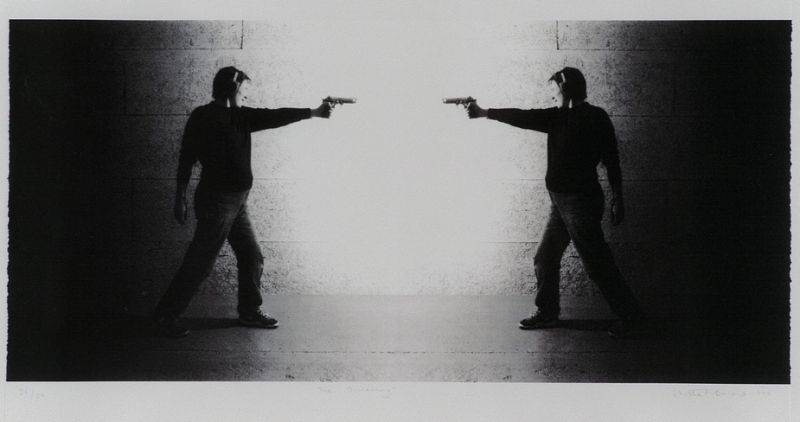Christine Borland
Christine Borland draws on the skills and expertise of other disciplines in her work, particularly the field of science. Several early works referred to forensic science and the techniques used in solving crimes. Other major works developed through direct collaborations with specialists in human genetics and other related areas of study.
A project entitled From Life (1994) first shown at Tramway, Glasgow, involved collaborating with a range of specialists, including medical artists and forensic anthropologists working on facial reconstruction, using computer generated imaging and portrait busts in plaster and clay. Borland’s starting point was the purchase of a human skeleton. The exhibition included both original skeleton and a classical, bronze portrait bust based on the facial reconstruction process. The process was an attempt to return the anonymous subject to being understood as a specific individual human.
With this, and many other works, Borland has questioned how we identify truth, or objective scientific fact, and fused traditional, conventional forms, and materials of art – such as the use of bronze or ceramics – with advanced, new technologies. Her work is always mindful of the fact that how we look affects what and how we understand.
Christine Borland was nominated for the Turner Prize in 1987. In 2020, she was elected as a Fellow of the Royal Society of Edinburgh.


